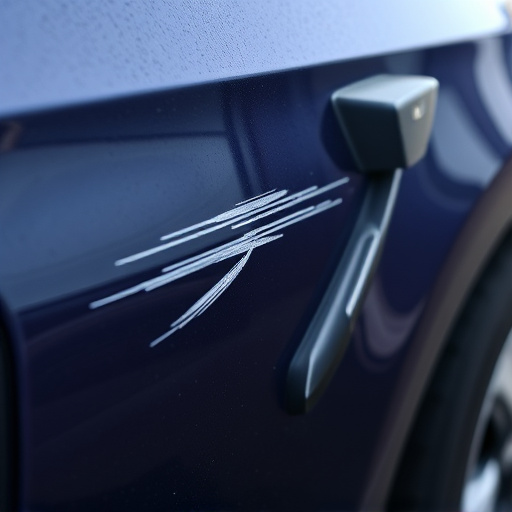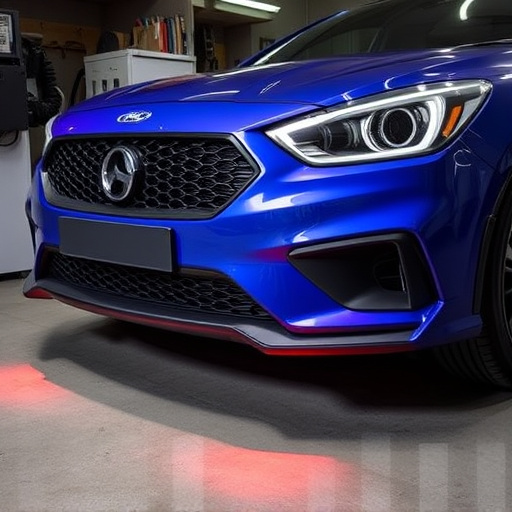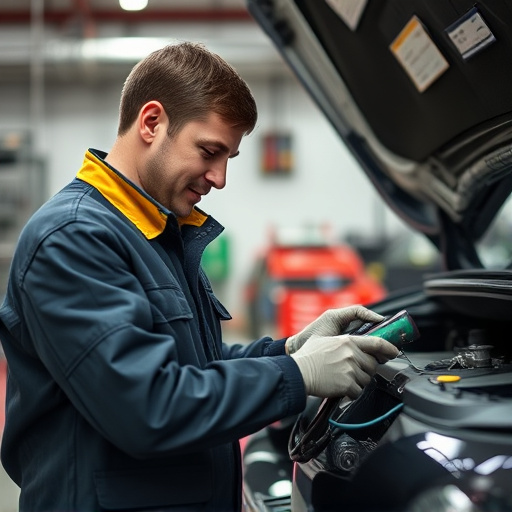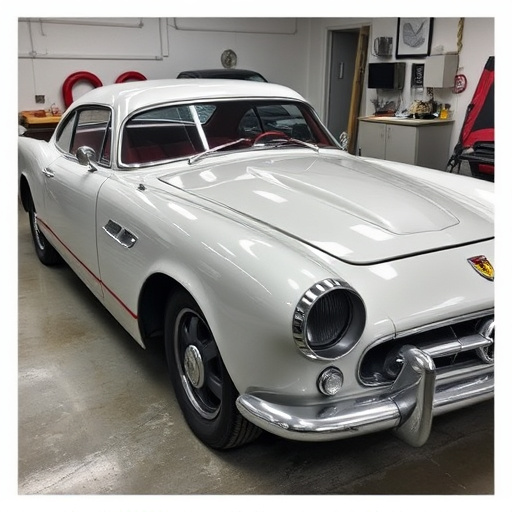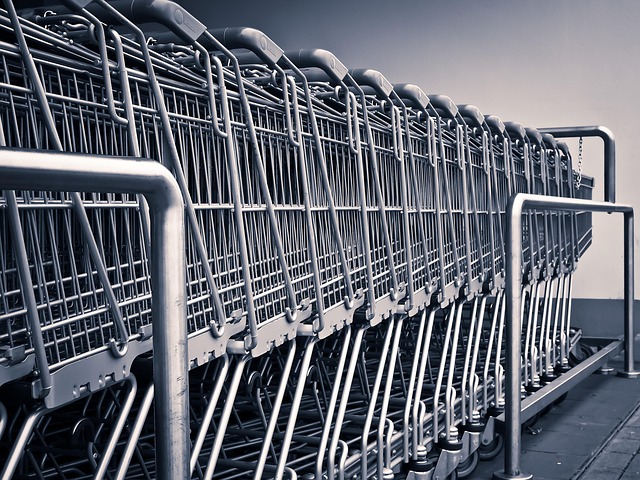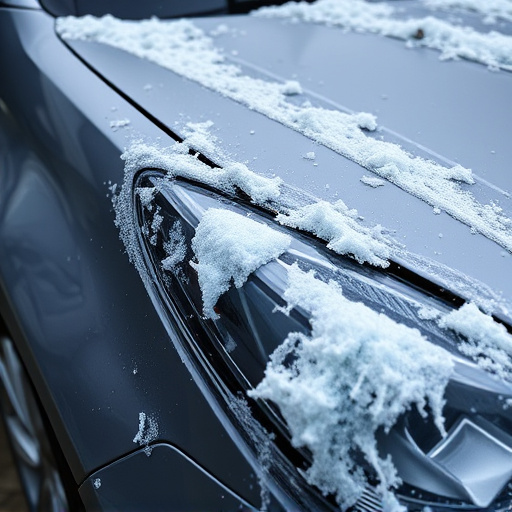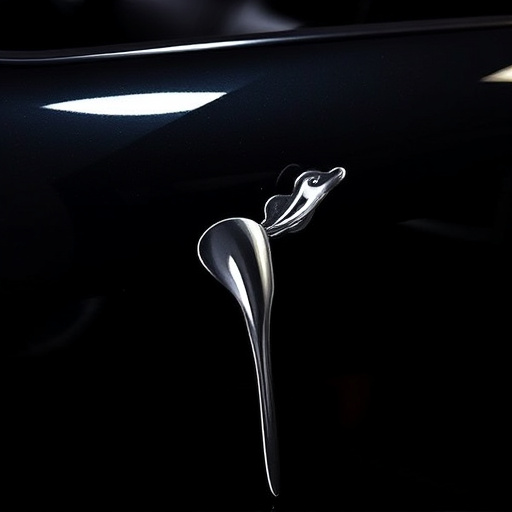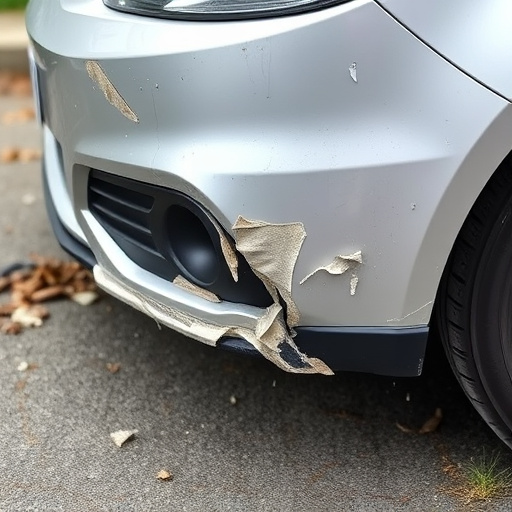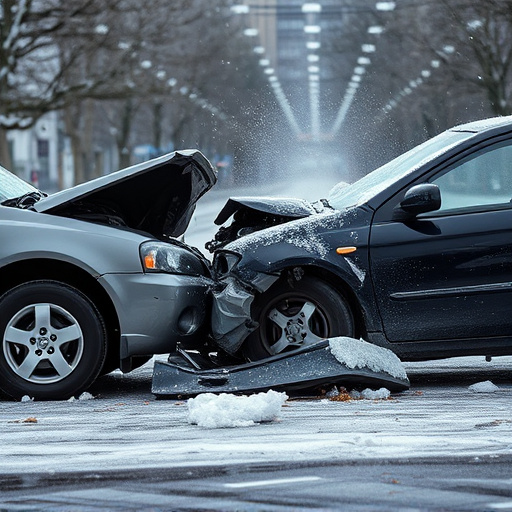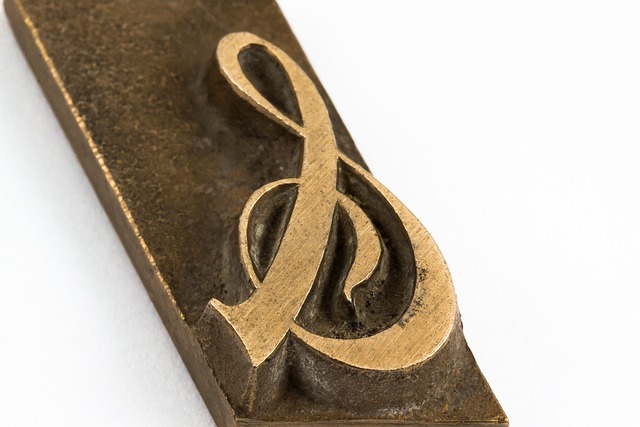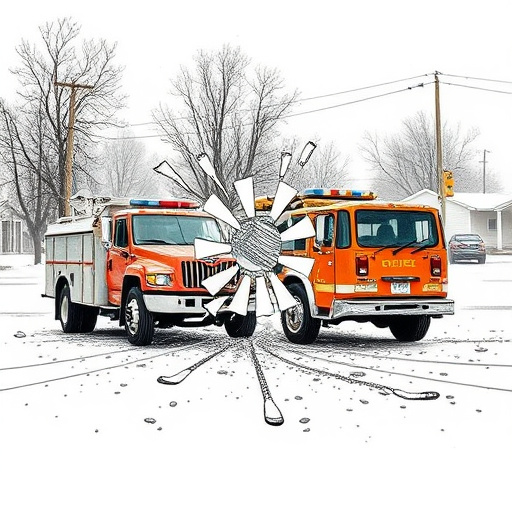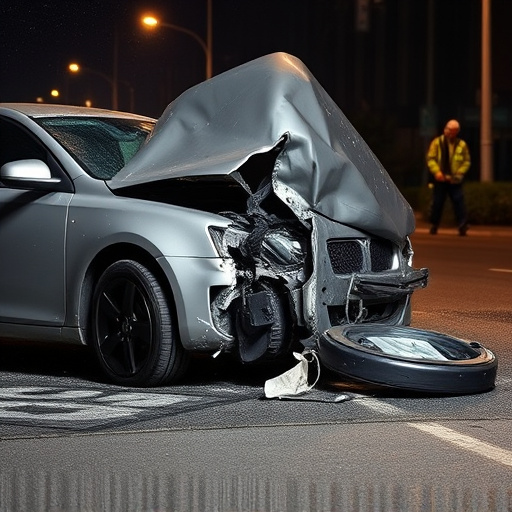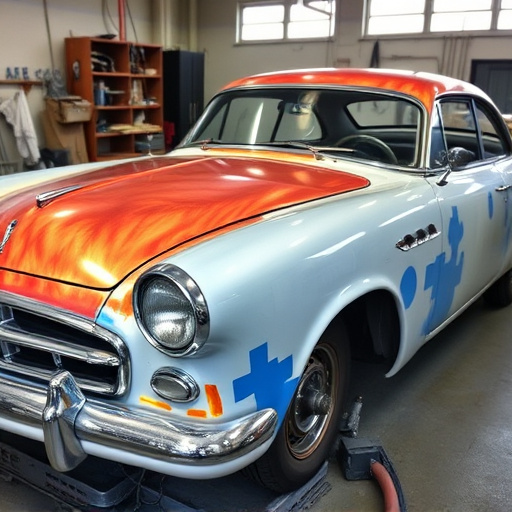Panel alignment procedures are critical in collision repair, ensuring vehicles return to pre-accident condition through skilled technician use of advanced tools and software for precise measurements and adjustments. Accurate alignment guarantees flawless paint application, minimizes gaps, enhances overall repair quality, and is vital for customer satisfaction and safety standards. Common mistakes include inadequate surface preparation, outdated tools, rushing, and overlooking details, emphasizing the need for complete inspection and meticulous adjustment.
In the realm of collision repair, achieving precise results hinges on one critical factor: proper panel alignment. This comprehensive guide delves into the essential practices and best practices for ensuring optimal panel alignment during auto body repairs. By understanding the significance of this process, following step-by-step procedures, and steering clear of common pitfalls, professionals can deliver accurate, high-quality collision repair work that stands the test of time. Explore these expert procedures to enhance your skills in panel alignment.
- Understanding Panel Alignment Importance in Collision Repair
- Step-by-Step Procedures for Effective Panel Alignment
- Common Mistakes to Avoid During Panel Alignment Process
Understanding Panel Alignment Importance in Collision Repair
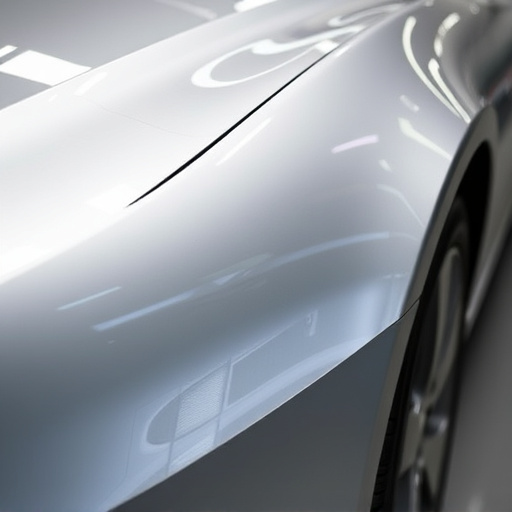
In the realm of collision repair, achieving precise results goes beyond mere skill and expertise; it hinges on a fundamental practice known as panel alignment procedures. These meticulous techniques are the backbone of any reputable auto repair service, ensuring that vehicles return to their pre-accident condition. When a vehicle sustains damage, especially to its body panels, proper alignment is crucial for seamless integration during the repair process. Skilled technicians employ advanced tools and software to precisely gauge and adjust each panel, maintaining the vehicle’s structural integrity and aesthetic appeal.
Understanding the significance of panel alignment procedures is paramount in the vehicle body repair landscape. It not only guarantees that every curve, contour, and crease aligns perfectly but also facilitates the seamless application of car paint services. Accurate alignment minimizes paint gaps and ensures a flawless finish, enhancing the overall quality of the collision repair. As such, these procedures are pivotal in fostering customer satisfaction and ensuring that repaired vehicles meet the highest standards of safety and aesthetics.
Step-by-Step Procedures for Effective Panel Alignment
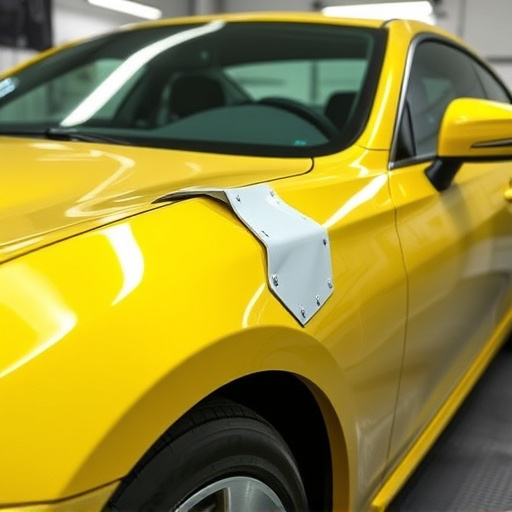
Panel alignment is a critical process in collision repair, ensuring precise and seamless panel fitting. Here’s a breakdown of effective step-by-step procedures for achieving accurate results. Begin by thoroughly inspecting the damaged area to identify any deformities or misalignments. Next, use specialized tools such as alignment racks and clamps to secure the panel, enabling controlled movement during adjustment.
Using precise measurement tools like calipers and laser sensors, assess the gap, angle, and curvature of the panel in relation to adjacent surfaces. Make incremental adjustments to bring these measurements within specifications. Throughout the process, regularly double-check alignments to prevent oversights. Once satisfied with the alignment, carefully remove securing tools and proceed to the subsequent steps in the collision repair process, ensuring a flawless car dent repair outcome for your customers in your car repair shop.
Common Mistakes to Avoid During Panel Alignment Process
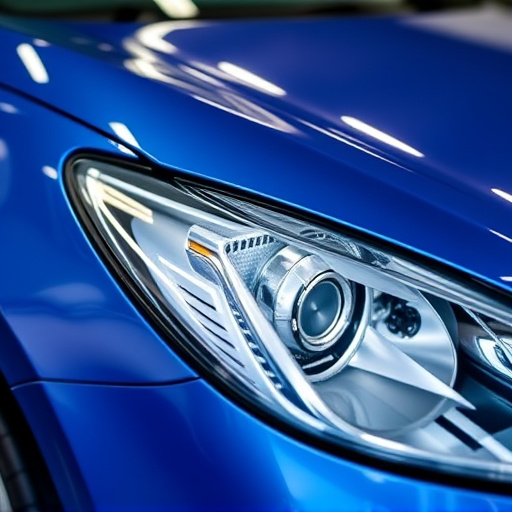
During panel alignment procedures for accurate collision repair results, several common mistakes can significantly impact the final outcome. One of the primary blunders is inadequate preparation of the vehicle’s surface before aligning the panels. This includes failing to thoroughly clean and degrease the area, which can lead to misaligned parts due to contaminant interference. Additionally, using incorrect or outdated alignment tools can result in inaccurate measurements, causing poorly fitted panels that compromise the structural integrity of the vehicle body repair.
Another frequent error is rushing through the process, leading to impatient adjustments and potential overlooking of critical details. Proper panel alignment requires precision and patience, especially when dealing with intricate vehicle body work. Collisions often cause hidden damage, so complete inspection and meticulous adjustment are essential. Neglecting to account for all factors, including manufacturing tolerances and panel gaps, can result in visible gaps or misalignments after repairs, reflecting poorly on the collision repair shop’s professionalism and expertise in automotive body work.
Panel alignment is a critical process in collision repair, ensuring vehicles return to their pre-accident condition. By following the step-by-step procedures outlined in this article and avoiding common mistakes, automotive professionals can achieve accurate and consistent results. Mastering these panel alignment procedures is essential for high-quality repairs and customer satisfaction.
